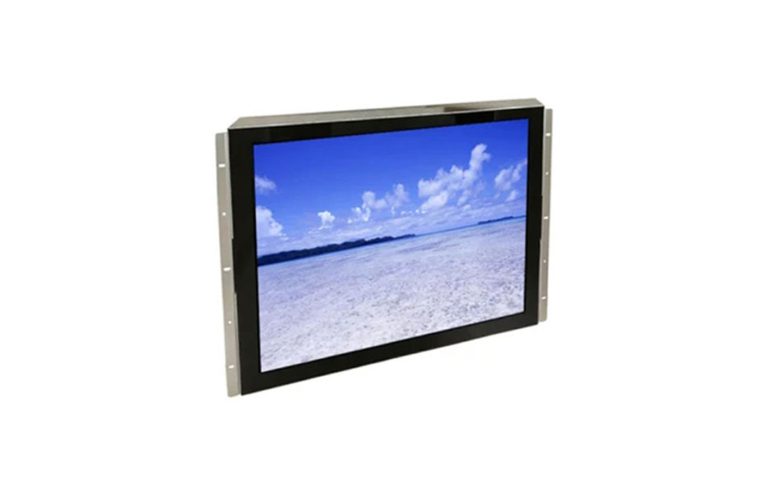Sunlight readable means that the display can be seen in high ambient light conditions such as direct sunlight. Standard monitors are difficult to view in direct sunlight, as sunlight is much brighter than the monitor. Reflections on the monitor wash out the image on the screen. Outdoor applications, in-vehicle computers, and public kiosks often require sunlight-readable displays.
What is TFT LCD?
Every monitor or touchscreen computer contains an LCD panel. The LCD panel is the component you are looking at this point. The panel consists of a thin layer of TFT LCD pixels, where each pixel includes a red, blue and green rectangle. If you put a drop of water on the display, you can actually see the individual pixels on the display. Dropping will zoom in on the pixel area and reveal a pixel with a red, blue, and green rectangle. Each red, blue and green rectangle is a small lens that can be adjusted to allow different amounts of light to pass through. The colors you see on the screen depend on the amount of light passing through each adjustable red, green and blue element of each pixel.
The light you see doesn’t come from the pixels themselves, but from the backlight behind the pixels, which is a series of carefully placed LEDs that emit white light that shines through the LCD pixels. When you look at the display, you cannot see the individual backlight LEDs because there is a layer of light-diffusing material between the LED backlight and the LCD pixel layers. Light-diffusing materials scatter the light from each individual backlight LED so they don’t appear as bright spots on your display.
All in all, the three layers of the liquid crystal panel are the TFT LCD pixel layer, the diffusion layer and the LED backlight layer. Note that some LCDs have edge-lit backlights, but no need to elaborate on this as the same principles apply. This completes LCD Panel Lesson 101.
What makes a display readable in sunlight?
There are two general ways to make the LCD brighter to be readable in sunlight. The first and easiest way is to increase the brightness of the backlight. LCD brightness is measured in nits. A typical LCD panel has a screen brightness between 250 nits and 450 nits. An LCD brightness of 800 nits or higher is generally considered sunlight readable, but most sunlight readable displays are 1000 nits. Increasing the brightness of the LCD panel backlight is the most common way to make an LCD panel readable in sunlight. Most of Industrial Touch Monitor‘s industrial touch monitors are equipped with this type of high brightness LCD.
Another way to make an LCD daylight readable is to change the diffusing material between the LED backlight and the LCD pixels to a “transflective” material. Transflective materials are similar to reflective sunglasses or one-way windows, where the bright side faces the LCD surface. With transflective materials, sunlight entering the LCD panel passes through the pixels, bounces off the transflective material, and passes through the pixels back to your eyes. In this case, sunlight has much less of an impact on visibility than traditional LCD panels because sunlight is reflected back through the LCD pixels and contributes to LCD brightness. One disadvantage of transflective diffuse LCDs is that they don’t allow as much of the backlight to pass through the diffusing material, so the LCD won’t appear as bright in low-light conditions. Transflective diffuse LCDs are not as common as high-brightness backlit LCDs.
In addition to outdoor use, what other scenarios require a high-brightness display?
Touchscreen computers in vehicles often require high-brightness LCDs because of the ambient sunlight streaming in through the windows. Sunlight readable LCDs are also used in many indoor applications surrounded by windows, such as air traffic control centers, rail vehicles, ships, agricultural machinery and public information kiosks.


